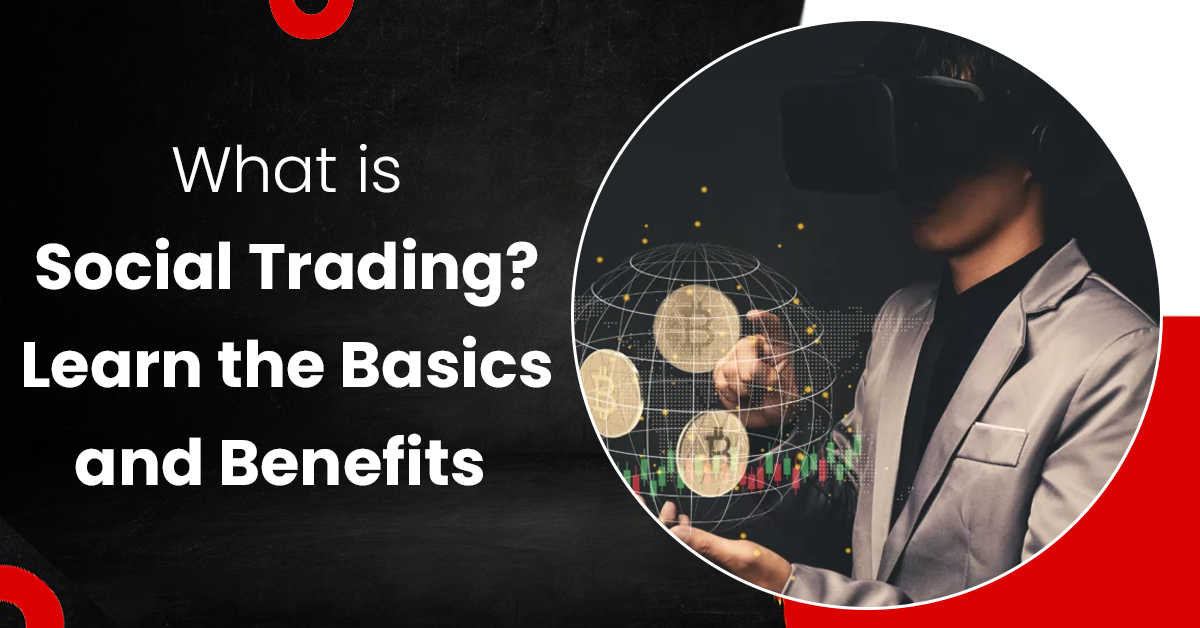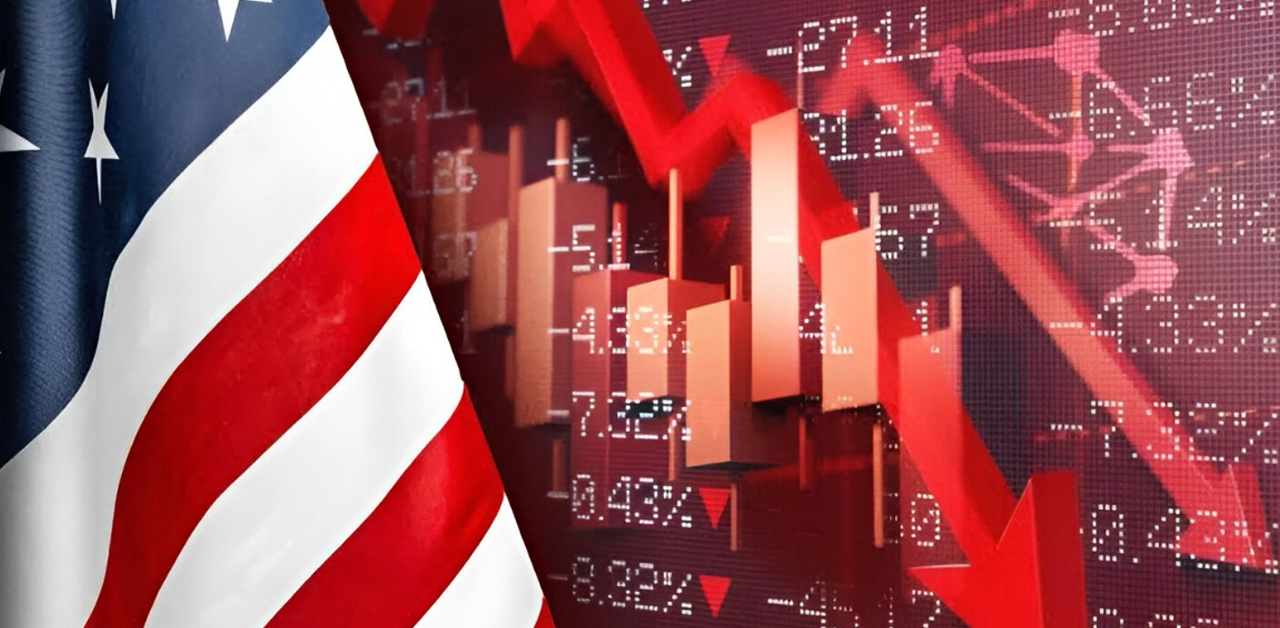How actively do you engage in trading? If you’re reading this, you likely have a good grasp of the expansive world of CFD trading and the broader financial markets.
You may have noticed a growing immersion in trading culture; the rise of the retail trader has indeed made a significant impact globally.
As the modern trading landscape evolves, so too does the concept of social trading. But what exactly is social trading? Are you currently participating in it?
This relatively new approach, where individuals trade alongside peers with similar financial interests, is gaining traction within the trading community. Let’s explore the fundamentals of social trading and how you can get involved.
Social Trading: An Overview
You might have encountered various sub-trends within online trading, prompting questions like: What is social trading? What is copy trading? Are they synonymous?
While they are interconnected, social trading and copy trading are distinct concepts in the contemporary trading ecosystem. Let’s clarify these terms and see how they can enhance your trading experience.
Social trading has gained momentum in recent years, influenced by multiple factors, including global events. For example, the pandemic in 2020 significantly contributed to its popularity.
To recap, the onset of the pandemic led to market crashes, causing substantial financial upheaval for many individuals. As jobs were lost and incomes diminished, the retail trading phenomenon surged, with Charles Schwab dubbing 2020 “Generation Investor.”
Since then, numerous individuals have turned to Forex and CFD brokers to learn about stock market trading. Education is crucial in this field, as trading involves inherent risks. The more knowledge you gain and the better your risk management, the greater your chances of success.
While many new traders have developed their trading styles and preferred market sectors, social trading has carved its niche. An increasing number of retail traders are gaining confidence in their strategies but may lack the time or expertise for certain markets.
The term “social trading” reflects the growing trend of traders using copy trading to enhance their activity. This concept echoes the older strategy of mirror trading, which focuses on emulating another trader’s strategy rather than copying exact positions, as in copy trading.
Now that we have some context, let’s delve deeper into the question: What is social trading?
If you want to explore trading further, consider opening a free demo account with Xtrememarkets to practice with virtual funds.
Understanding Social Trading
So, what is social trading? In its simplest form, social trading involves investing that emphasizes community engagement—investors can observe and follow the trading behaviors of others.
This community typically exists on a dedicated platform where traders can monitor each other’s activities, exchange opinions, and contribute insights.
Social trading offers a unique perspective on analyzing financial data based on the actions of successful traders, with the option to use copy trading to replicate their strategies.
Why has social trading become so popular? It allows participants to engage with little or no prior knowledge, especially when following seasoned traders to learn from their expertise. The information is usually presented in an accessible manner for all levels of education, making it an appealing opportunity for everyone.
As a concept, social trading encompasses both copy trading and mirror trading, which are specific strategies that can be leveraged within the social trading environment.
The rise of social trading may also challenge traditional roles within the finance sector. For example, trust in wealth management advisors has waned since the financial crisis, leading individuals to take control of their financial futures. Social trading, as a low-cost solution, is gaining traction.
Before we conclude this section, let’s highlight some fundamental differences:
- Mirror Trading: Emerging in 2000, mirror trading is closely associated with automated trading. It involves replicating a strategy developed by a trader, which is hosted on the trading service provider’s server, allowing users to execute the strategy.
- Copy Trading: Successful traders can opt to allow others to copy their exact positions for a nominal monthly fee. While those copying retain control over their settings, they essentially set up their accounts to mirror the trades of the trader they choose to follow.
- Social Trading: This overarching concept encompasses both mirror and copy trading, functioning as a platform where traders can view, share, and comment on each other’s activities.
Benefits of Social Trading
Social trading, particularly through copy trading, offers several potential benefits. When you identify a trader of interest, you can quickly and easily sign up for copy trading, gaining exposure to different markets and skills.
Here are some of the primary benefits of social trading:
- Networking Opportunities: Connect with other traders to ask questions about markets, techniques, and events that affect investors.
- Accessible Learning: Start trading without prior experience, learning progressively from seasoned traders through practical engagement.
- Reduced Emotional Pressure: Traders who struggle with emotional decision-making can invest more wisely by following the positions of others.
Conclusion on Social Trading
If you’re reading this and are registered with Xtreme Markets, you’re likely on the right path in this financial revolution.
Embrace the upward trend and enhance your investing strategy by exploring CFD trading and other investment opportunities.
Always prioritize risk management and only invest what you’re comfortable potentially losing—this is the foundational principle of successful investing.












